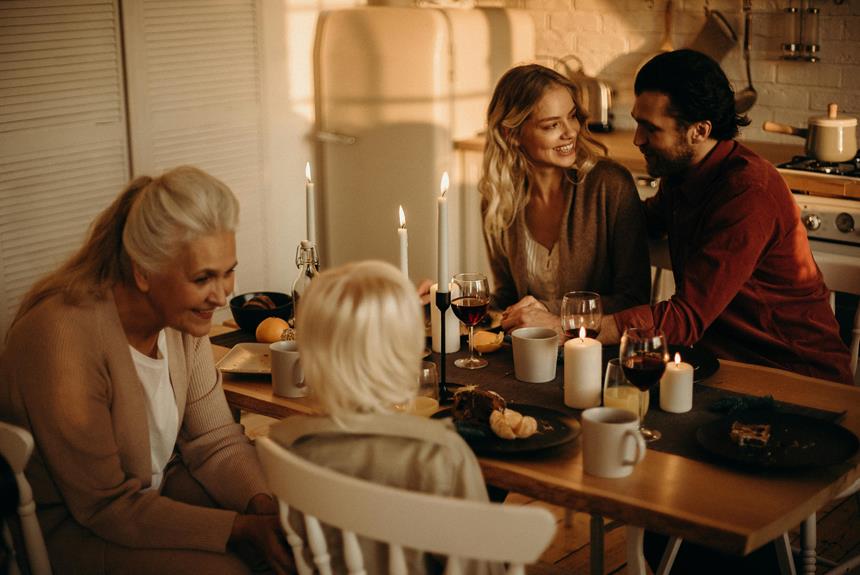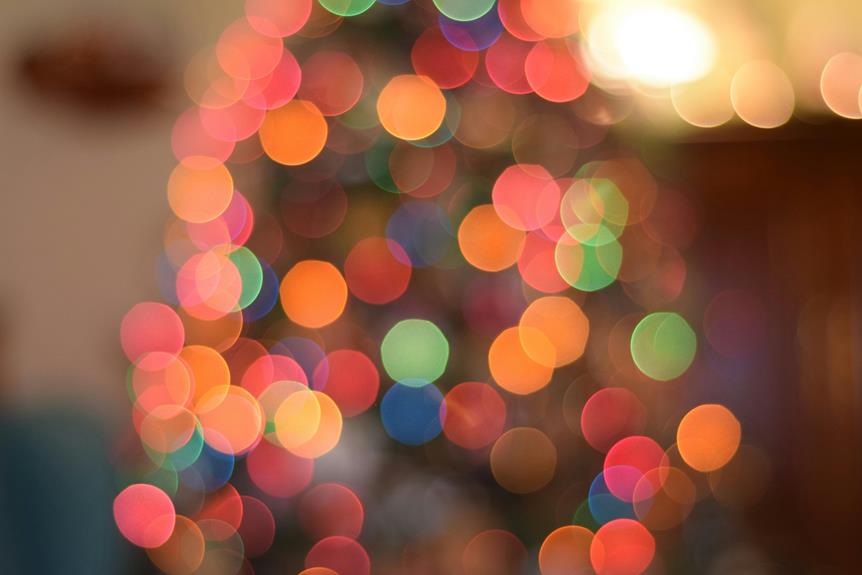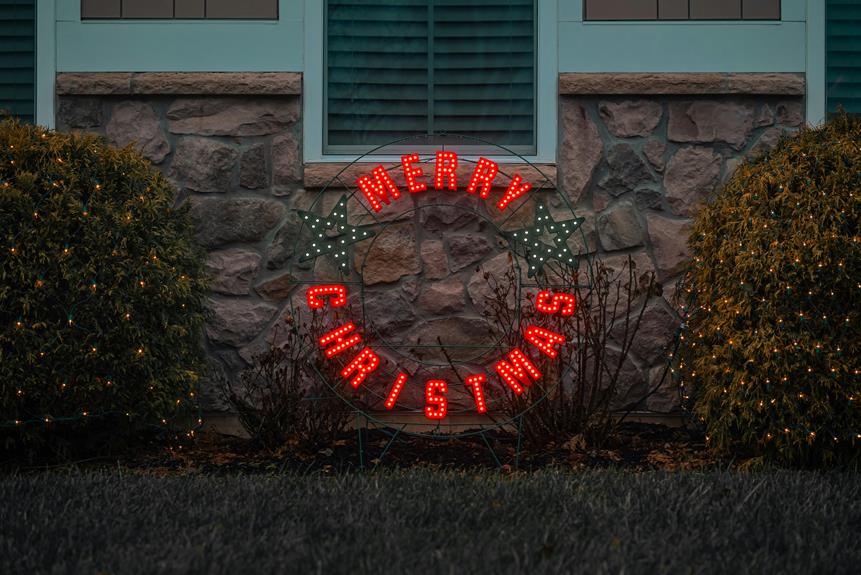You’ve likely celebrated Christmas with festive gatherings, gift exchanges, and cozy nights by the fire, but have you ever wondered how this beloved holiday evolved from ancient pagan festivals to its modern form? It all started with winter solstice rituals, where ancient cultures like the Romans and Celts feasted, gave gifts, and made merry to guarantee the sun’s return. Early Christianity merged with these festivals, incorporating elements that fit their narrative. As you explore the Middle Ages, Victorian era, and commercialization of Christmas, you’ll discover how this fusion of traditions transformed into the holiday you know today – and there’s still more to uncover.
Key Takeaways
- Ancient pagan festivals centered around the winter solstice influenced the development of Christmas traditions, including feasting, gift-giving, and merriment.
- Early Christianity merged with existing pagan festivals, incorporating elements that resonated with the Christian message, shaping Christmas celebrations.
- Medieval folklore and traditions, such as the use of evergreen trees and witchcraft legends, continue to impact Christmas celebrations today.
- The Victorian era’s emphasis on family, nostalgia, and etiquette transformed Christmas into a joyous, sentimental celebration, popularizing traditions like decorating trees.
- The 20th century’s commercialization of Christmas transformed the holiday into a multibillion-dollar industry, prioritizing material possessions and consumer culture.
Pagan Roots of Winter Celebrations
As you explore the history of winter celebrations, you’ll discover that many modern Christmas traditions have their roots in ancient pagan festivals.
These festivals, which date back thousands of years, were originally centered around the winter solstice, the shortest day of the year. Solstice rituals were performed to guarantee the return of the sun and the coming of longer days.
You’ll find that many ancient cultures, such as the Romans and the Celts, celebrated festivals during this time, often with feasting, gift-giving, and merriment.
Agrarian festivals, which marked the harvest season, also played a significant role in shaping winter celebrations.
These festivals, like the ancient Roman festival of Saturnalia, often involved rituals to secure a bountiful harvest and fertility in the coming year.
You’ll notice that many of these ancient traditions, such as decorating homes with evergreen branches and exchanging gifts, have been carried forward to modern-day Christmas celebrations.
As you dig deeper into the history of winter celebrations, you’ll begin to appreciate the rich cultural heritage that has shaped the Christmas traditions that are familiar to us today.
Early Christian Influences on Christmas
Early Christianity merged with existing pagan festivals, incorporating elements that resonated with the Christian message, and ultimately shaping the Christmas celebrations you know today.
As Christian leaders sought to spread their faith, they cleverly adapted pagan traditions to align with their own narrative. The Apostle Legacy played a significant role in this process, with figures like Saint Nicholas and Saint Francis of Assisi leaving lasting impressions on the holiday.
Church Politics also influenced the development of Christmas traditions. In the 4th century, Roman Emperor Constantine, a Christian convert, declared Christmas a federal holiday, aiming to unite the empire under one religion.
This move not only legitimized Christianity but also paved the way for its widespread adoption. As Christianity spread, so did its influence on Christmas celebrations. You’ll notice that many modern Christmas customs, such as the emphasis on gift-giving and charity, have roots in these early Christian influences.
The blending of pagan and Christian practices resulted in a unique fusion that would eventually become the festive holiday you celebrate today.
Medieval Traditions and Folklore
During the Middle Ages, Christmas celebrations evolved further with the infusion of medieval folklore and traditions that often featured mythical creatures, festive pageants, and merrymaking.
The medieval period brought a unique blend of Christian and pagan influences to the holiday. Knightly chivalry, for instance, played a significant role in shaping Christmas traditions. You might’ve heard of the Knights of King Arthur’s Round Table, who embodied the values of honor, loyalty, and generosity – all of which are still associated with the holiday today.
Witchcraft legends also found their way into medieval Christmas folklore. You’ll find stories of witches and warlocks casting spells to guarantee a bountiful harvest, or to ward off evil spirits during the long winter nights.
The mystical and magical atmosphere of Christmas was further enhanced by the use of evergreen trees, holly, and ivy, which were believed to have magical properties. As you explore the medieval traditions and folklore surrounding Christmas, you’ll uncover a rich tapestry of stories, legends, and customs that continue to shape the holiday as it’s celebrated today.
Victorian Era’s Impact on Christmas
The Victorian era’s revitalization of Christmas traditions transformed the holiday into a joyous, family-centered celebration, characterized by lavish decorations, festive gatherings, and nostalgic sentimentality.
You might be surprised to learn that Queen Victoria, along with her German husband Prince Albert, played a significant role in popularizing Christmas traditions in England. They introduced the custom of decorating trees, which soon became a staple in many English homes.
As social etiquette dictated, the Victorians placed great emphasis on proper behavior and etiquette during the holiday season. This led to the development of strict rules for hosting and attending Christmas parties, gift-giving, and even the sending of holiday cards.
You can still see the remnants of this era’s influence in the way we celebrate Christmas today. The Victorians’ love for nostalgia and sentimentality also led to the revival of old Christmas carols and the creation of new ones, which have since become beloved classics.
As you celebrate Christmas, you’re carrying on a tradition that was shaped, in part, by the values and customs of the Victorian era.
20th Century Commercialization of Christmas
As the 20th century unfolded, Christmas underwent a profound transformation, driven by the rise of mass production, advertising, and consumer culture.
You might be surprised to learn that Christmas, once a humble holiday, became a multibillion-dollar industry.
Advertising campaigns cleverly crafted to tug at your heartstrings and department store displays designed to dazzle your senses worked together to create a sense of urgency around gift-giving.
Suddenly, Christmas lists grew longer, and the pressure to buy, buy, buy mounted.
The holiday, once centered around family, friends, and community, slowly became synonymous with material possessions.
You can’t help but wonder, did the true meaning of Christmas get lost in the chaos of commercialization?
As you walked down the streets, you were bombarded with festive decorations, catchy jingles, and enticing promotions.
It was hard not to get swept up in the frenzy.
The 20th century’s commercialization of Christmas created a cultural phenomenon that would forever change the way you celebrate the holiday.
Whether you like it or not, Christmas had become a major economic driver, and its impact would be felt for generations to come.
Contemporary Christmas Traditions Today
You’re now part of a global community that celebrates Christmas in countless ways, from decking the halls with high-tech gadgets to observing ancient customs with a modern twist.
As you join in the festive fun, you’ll notice that contemporary Christmas traditions are all about blending the old with the new.
Take gift wrapping, for instance. You might opt for eco-friendly wrapping paper, reusable cloth wraps, or even DIY decorations made from recycled materials. It’s all about reducing waste and embracing sustainable celebrations.
In many households, you’ll find a mix of traditional and modern elements. Some families still hang stockings by the chimney with care, while others create digital wish lists and exchange e-gifts.
You might attend a candlelit church service or join a virtual holiday party with friends from around the world. Whatever your style, you’re contributing to the dynamic tapestry of Christmas traditions today.
Frequently Asked Questions
Why Is Christmas Associated With the Color Red and Green?
You might wonder why Christmas is associated with red and green – it’s due to ancient origins and color symbolism! Red symbolizes life, energy, and sacrifice, while green represents eternal life, harmony, and nature’s rebirth.
Are Christmas Trees a Pagan or Christian Tradition?
You’re wondering if Christmas trees are pagan or Christian? Investigate the truth: evergreen trees symbolized eternal life in ancient rituals, and pagans would bring them indoors to celebrate winter solstice, predating Christian traditions.
What Is the Origin of the Christmas Stocking Tradition?
You’re wondering where the Christmas stocking tradition comes from. Legend has it that Saint Nicholas knew of a man’s naughty behavior, yet showed secret generosity by filling his daughters’ stockings with gold coins, consequently starting the festive tradition.
How Did the Tradition of Gift-Giving on Christmas Start?
You think Santa’s the one who started gift-giving on Christmas, but ironically, it was the Romans who set the stage with their patronage and Ancient benevolence, paving the way for the modern tradition of exchanging presents.
Why Is December 25TH Specifically Celebrated as Christmas Day?
You might wonder why December 25th is Christmas Day; it’s because ancient Romans celebrated the winter solstice, a sun worship festival, on this date, and early Christians adopted it to coincide with existing Roman influence and traditions.
Conclusion
As you unwrap the layers of Christmas’ past, you’ll find a tapestry woven from pagan threads, Christian influences, medieval folklore, and Victorian-era flair.
Like a snowflake gently falling onto a winter’s night, each era’s traditions have accumulated, forming the festive holiday we celebrate.
Consider this: in 2019, Americans spent over $729 billion on Christmas gifts alone.
It’s a staggering number, yet amidst the commercial chaos, the essence of Christmas remains – a beacon of hope, love, and community, shining brightest in the darkest of winter nights.


